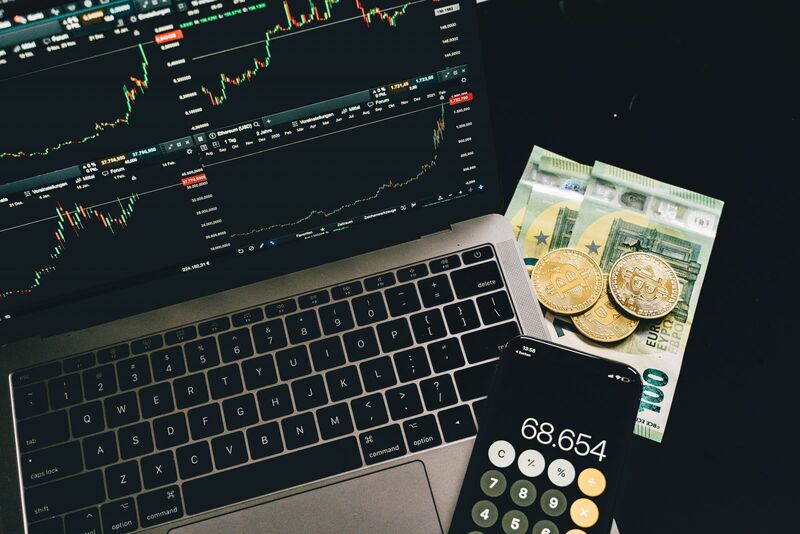
Observing the Euro currency market
The Euro, symbolized by €, is the official currency of 20 European Union countries, making it one of the most widely used currencies globally. The Euro currency market is highly dynamic and influenced by various factors, including economic indicators, political events, and central bank policies.
Last week, Federal Reserve Chairman Jerome Powell spoke at an event. He stated the Fed is ready to implement further rate hikes as necessary to continue fighting inflation in the United States (US.) And immediately hedged that comment with the Fed may hold rates steady at its next meeting in September to allow more time to assess economic conditions from the barrage of previous rate hikes. The indecisiveness of Mr. Powell whipsawed the markets.
The CMEGroup Exchanges Fed Watch tool indicates an 80% chance of the Fed not changing the Fed Funds rate at the September 20 meeting.
The Euro did not escape the carnage as the European Central Bank (ECB) has aggressively raised rates, boosting the Euro. While recently receiving data from Germany indicating a decline in GDP, causing the ECB to contemplate pausing their rate hikes.
The US Dollar moves inversely with the Euro currency, but with both central banks hedging their comments, both markets are like two sailboats with a broken mast, drifting aimlessly through the water for the best part of the summer.
Technical
Source: Barchart
The monthly chart of the spot Euro currency illustrates the sideways channel (green box) since February 2023. I'm defining a channel by the action of the market not being able to close on a monthly basis outside of the February price range (first bar of the green box). Intra-month piercings occurred but have yet to close outside the channel to indicate a bullish or bearish bias.
Sideways markets are usually more challenging to trade than trending ones. However, the upcoming seasonal pattern we will discuss could enhance a trade in this sideways market.
The Commitment of Traders (COT) Report

Source: CMEGroup Exchange
An interesting pattern of the leveraged traders has been when the price has declined (yellow line) since February 2023. They have scaled into long positions (blue bars), buying on weakness. The recent report showed leveraged traders holding the most longs in the past six months.
Can this long position built by the leveraged traders support our upcoming seasonal pattern?
Seasonal Pattern

Source: Moore Reseach Center, Inc. (MRCI)
Research provided by MRCI suggests that historically, the Euro currency has found some buying on approximately September 06 (left side of the yellow box), resulting in a higher close on about September 17 (right side of the yellow box), 80% of the time during the past 15 years.
While an 80% recurrence rate is at the low end of MRCI valid seasonal setups, a fascinating fact is that 6 of the previous 15 years never had a daily closing drawdown. Indicating that of the 12 years it was profitable, 50% of the trades immediately moved in the seasonal pattern direction.
It may relate to the short 12 calendar-day window of the seasonal pattern. Typically, the seasonal windows are more extended and perform better if the current trend is already in that direction. However, these shorter windows perform well in sideways markets as the shorter timeframe traders are aggressively moving the markets around.
In a recent article for Barchart, "A Copper Market Pickpocket Trade is Setting Up," I discussed a similar short seasonal window setup. The chart below shows the results of that trade (yellow box).

Source: Moore Research Center, Inc. (MRCI)
The copper market was trading in its macro-seasonal sideways fashion when a micro-seasonal setup came while copper was trading at the top of its channel.
Reviewing the monthly Euro currency chart, the price action is approaching the bottom of its multi-month trading range. The leveraged traders have been aggressively buying the Euro on price declines. The MRCI Euro seasonal chart illustrates how the RSI indicator has performed well in this sideways market, identifying tops and bottoms as most momentum indicators work better in sideways than trending markets. Currently, the RSI is approaching oversold levels, and perhaps by the time the seasonal window opens, it will encourage more buying at the bottom of this channel.
In closing
Additionally, technical analysis can be valuable for identifying entry and exit signals. Traders may use moving averages, trend lines, and oscillators to gauge the Euro's momentum and determine optimal points to enter or exit a trade.
It is important to note that this quick flip seasonal trade in the Euro currency comes with inherent risks. Market conditions can change rapidly, and unexpected events can disrupt seasonal patterns. Traders should conduct thorough research, closely monitor market conditions, and implement appropriate risk management techniques to minimize potential losses. While seasonal patterns have performed well historically, there is no guarantee of future success.
Traders wishing to participate in this setup could consider using the spot forex market trading the EURUSD or the futures market trading the standard-contract 6E (Barchart E6) contract or the micro-contract M6E.
On the date of publication, Don Dawson did not have (either directly or indirectly) positions in any of the securities mentioned in this article. All information and data in this article is solely for informational purposes. For more information please view the Barchart Disclosure Policy here.






